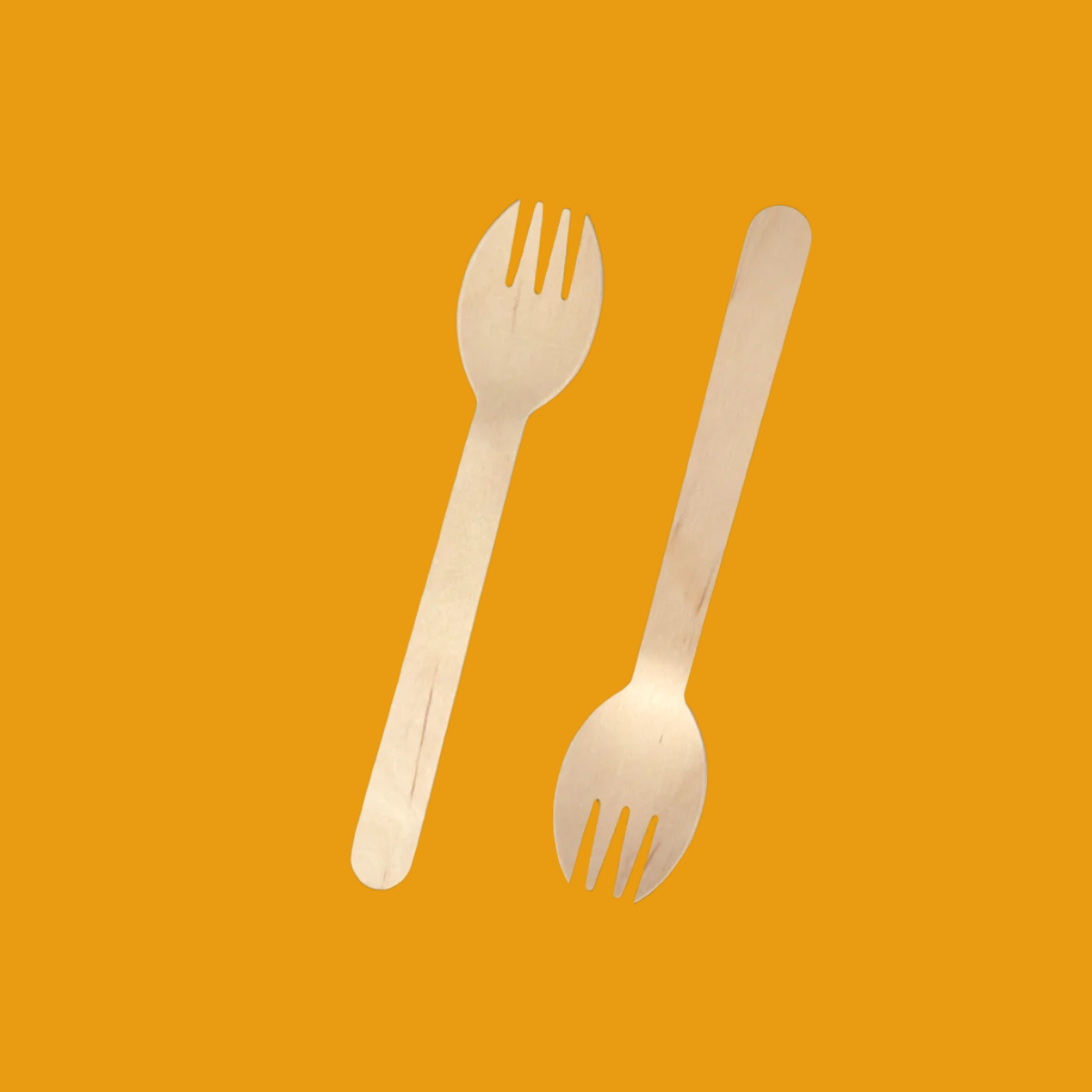Packaging plays a crucial role in preventing food waste. While cooking practices and portion control are essential factors, the type of packaging used can significantly impact shelf life and ultimately the amount of food that ends up in the trash. This article will delve into the relationship between food waste and packaging, exploring how to select the right packaging materials to reduce food waste in restaurants and optimize your business's budget.
The Connection Between Packaging and Food Waste
Overpackaging Leading to Excess Waste
- Excessive Materials: Many food items, particularly single-use products, come with excessive packaging. This leads to unnecessary waste and increased landfill pollution.
- Unnecessary Layers: Multiple layers of packaging can be difficult to recycle and often end up as waste.
- Bulk Purchases: Buying food in bulk can sometimes lead to spoilage if items aren’t used in time, increasing both food and packaging waste.
Improper Packaging Affecting Food Shelf Life
- Lack of Airtight Sealing: Packaging that isn’t airtight allows moisture and oxygen to enter, accelerating food spoilage.
- Incorrect Storage Materials: Some packaging isn’t suited for refrigeration or freezing, leading to premature spoilage.
- Poor Design: Difficult-to-open or reseal packaging often results in improper storage, increasing waste.

The Economic and Environmental Impact of Food Waste
Food waste not only leads to financial losses for restaurants but also has serious environmental consequences. When food decomposes in landfills, it releases methane, a greenhouse gas more potent than CO2. Additionally, wasted food means wasted resources, from water to labor and energy.
Choosing the Right Type of Packaging to Reduce Food Waste in Restaurants
As previously discussed, selecting the appropriate packaging is crucial to reduce food waste in restaurants. In this section, we will explore packaging options specifically designed for three primary purposes: portion control, takeaway and delivery, and preservation.
Portion Control
Controlling portion sizes is crucial to reduce food waste in restaurants. By using appropriate packaging, businesses can encourage consumers to order or purchase only what they need, reducing the likelihood of leftovers being discarded.
Disposable Plates with compartments can be a valuable tool in portion control. They visually divide the plate into sections, making it easier for individuals to maintain appropriate portion sizes. This is particularly beneficial in settings like canteens, food courts, and outdoor events where people may be tempted to overeat.

Takeaway and Delivery
Takeaway and delivery services require packaging that is both functional and sustainable. The right packaging can help to maintain food quality, prevent spills, and minimize environmental impact.
Kraft boxes are a popular choice for takeaway and delivery due to their versatility, durability, and environmental friendliness. They are suitable for a wide range of food items, including hot and cold dishes. Kraft boxes are often microwave-safe and freezer-safe, making them convenient for customers who want to reheat or store their leftovers.

Preservation
Packaging plays a vital role in preserving food and extending its shelf life. By selecting packaging materials that are suitable for the specific food type and storage conditions, businesses can reduce food waste and minimize losses.
When choosing packaging for preservation, several factors should be considered:
- Food type: Different types of food have varying preservation needs. For example, perishable foods like meat and dairy require packaging that can maintain cold temperatures, while dry goods may need packaging that protects against moisture.
- Storage Conditions: The storage conditions, such as refrigeration or freezing, will influence the type of packaging needed.
- Desired shelf-life: The desired shelf life of the food will determine how well the packaging needs to protect against spoilage.
Some packaging materials are specifically designed to maintain freshness and prevent spoilage. These may include:
- Sealed bags or Pouches: These bags remove air from the packaging, helping to prevent oxidation and spoilage.

- Glass Jar: The glass jar can be used for many types of food, from spices to coffee, or liquid food. They are durable and specially safe to preserve dry food for a long time.

- Modified atmosphere packaging (MAP): This involves replacing the air inside the packaging with a mixture of gases that helps to preserve the food.
How KimEcopak Helps Businesses Reduce Food Waste
KimEcopak’s innovative subscription model, Subscribe for the Happy Life, offers sustainable packaging solutions that help restaurants minimize waste while cutting costs. Benefits include:
-
5-7% savings at checkout
-
6-month fixed pricing
-
Free storage & scheduled shipping
By choosing the right packaging solutions, restaurants can make a significant impact on food waste reduction, improve sustainability, and enhance customer satisfaction.
Conclusion
Packaging is important to reduce food waste in restaurants. By choosing the right materials, we can reduce the amount of food that gets thrown away. This helps the environment and saves money. By making careful packaging choices, we can help reduce food waste and protect the environment.









